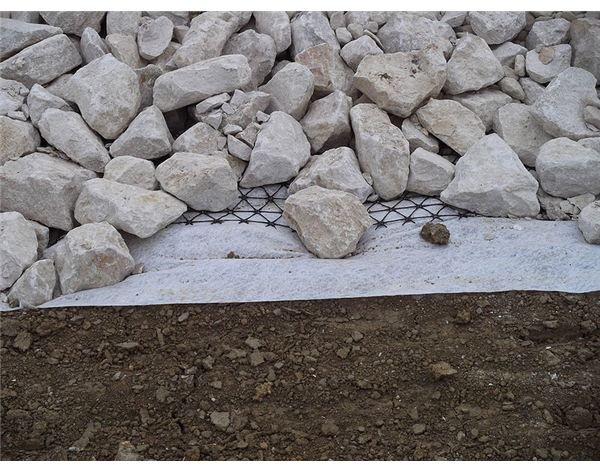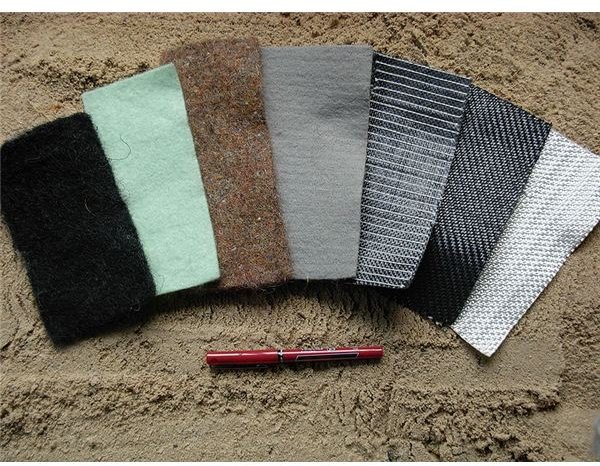Erosion Control Using Geo Synthetics
Introduction
Soil erosion takes place when the shear force generated due to the external agencies such as wind and flowing water exceeds the shearing resistance of the soil particles. To control soil erosion, the shear resistance has to be increased.
Due to erosion, the banks of rivers may cut into the natural ground and road or railway embankments may collapse, leading to serious catastrophes. In case of agricultural soils, the top layer of soil may become depleted and lead to the loss of fertile soil. It is reported that the soil is swept and washed faster than natural replenishment ten times in USA and thirty to forty times faster in China and India.
Erosion can be controlled by different methods as natural vegetation, turfing, rip-rap, stone pitching, mats, groynes, and gabions. But for the last fifty years, geosynthetic materials have been used in increasing quantities.

Characteristics of Soil Erosion
- The main factors affecting erosion are intensity of rain, quantity of rain, duration, slope of the ground, and soil permeability.
- The types of erosion are splash, sheet, shore line, and rill and gully.
- The processes involved in erosion are detachment, transportation, and deposition.
Geosynthetics
Geo means earth or soil and synthetics means man-made. Geosynthetics are made from petrochemical based polymers (plastics) which are biologically inert and will not decompose from bacterial or fungi actions. These are porous fibers manufactured from synthetic materials such as polypropylene, polyester, polyethylene, nylon, polyvinyl chloride, and different mixes of these items. They are available in different thicknesses and widths in rolls of various lengths. These fabrics are durable and strong and can withstand hostile soil environment.
These geosynthetic mats are placed on or in the soil to improve slope stability of embankments, hillsides, and river and stream banks. Different geosynthetic materials are geo-textiles, geo-grids, geo-cells, geo-membranes and erosion control materials.
Method of Installation
- Level and compact the area after removing vegetation, debris, stones and other discarded materials.
- Lay the mat and anchor it at the toe of slope properly.
- Construct gabions at the slope benches
Advantages of Geosynthetic Mats
The main advantages of geosynthetic mats are that they are easy and quick to install, are economical and environmentally friendly, provide maximum root anchorage, help in the growth of vegetation, and reduce water and wind velocities.
Conclusion
Erosion is a natural phenomenon that can’t be avoided altogether**.** However, its effects can be reduced by taking suitable methods. One such effective and economical method is the use of geosynthetics for the control of erosion.
Images
WikiCommons: Geotextile fabrics, Geogrid and geotextile
References
1. Principles of Soil Mechanics and Foundation Engineering, V N S Murthy, UBS Publishers and Distributors, New Delhi, 1992
2. Construction Engineering and Management, S Seetharaman, Umesh Publications, Delhi, 2003
3. Construction and Foundation Engineering, J Jha, S K Sinha, Khanna Publishers, Delhi,1977
